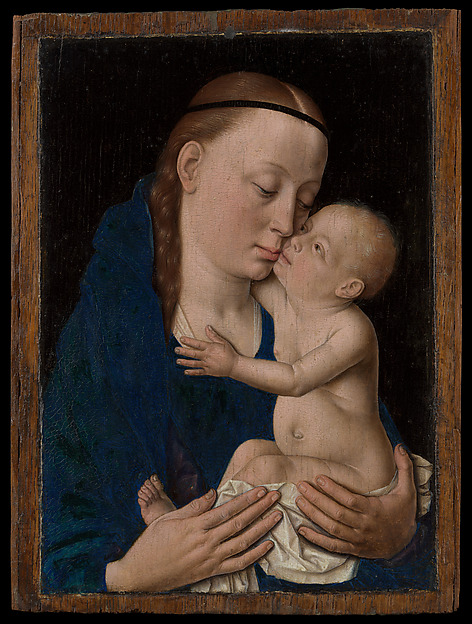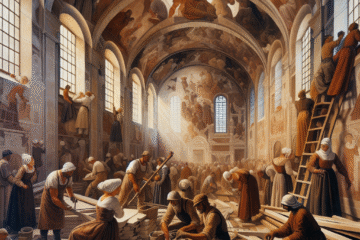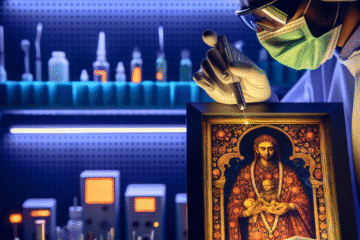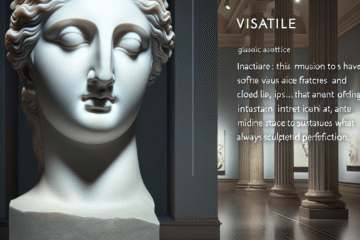
“
Be not afraid of greatness: some are born great, some achieve greatness, and some have greatness thrust upon them.
”
— William Shakespeare
“Failed” Masters: Why Some Renaissance Artists Fell from Grace—And Shouldn’t Have
Introduction: The Other Side of the Renaissance
When we think of the Italian Renaissance, names like Leonardo da Vinci, Michelangelo, and Raphael immediately spring to mind—icons of artistic genius etched into the global imagination. However, beneath the glow of these titans lies a lesser-told story: that of the artists who didn’t attain canonical fame, not for lack of talent or innovation, but because their visions were too daring, their techniques too experimental, and their ideas too divergent for their time. These so-called “failed” masters challenge our understanding of success and value in art, inviting us to reconsider who gets remembered and why.
1. The Rise of the Canon: The Politics of Artistic Fame
In the High Renaissance, fame was rarely based solely on talent. Patronage played a critical role—those backed by powerful Medici, papal, or princely sponsors had access to commissions that guaranteed visibility. Political alignments, religious orthodoxy, and geographic location often dictated which artists entered the favor of courts and clergy. Giorgio Vasari’s influential 16th-century text, Lives of the Most Excellent Painters, Sculptors, and Architects, laid the foundation for an enduring canon that uplifted some while omitting others. His aesthetic judgment and personal biases played gatekeeper, reinforcing Florentine and Roman dominance while marginalizing artists with unorthodox approaches.
Fame, then, was as much about narrative control as it was about genius. By revisiting those left out of Vasari’s narrative—or mischaracterized within it—we uncover a richer, more diverse Renaissance.
2. Piero di Cosimo: The Mythmaker Scientist
Piero di Cosimo, a Florentine painter active around the turn of the 16th century, confounded both his contemporaries and posterity with his imaginative, often bizarre mythological landscapes. His paintings—populated by hybrid beasts, primitive humans, and lush fantasy settings—drew from Lucretian philosophy and early humanist ideas about natural evolution. In an era when depictions of myth were expected to conform to classical idealism, Piero’s earthy, sometimes grotesque forms seemed too wild, too “irrational.”
Yet today, his work seems startlingly modern. His approach to storytelling through episodic imagery echoed future cinematic techniques. His curiosity about nature’s processes prefigures later intersections between art and science. Rather than being out of step with his time, Piero was leaps ahead—so much so that his audience wasn’t ready.
3. Andrea del Sarto: The Perfect Painter’s Legacy in Limbo
Called the “faultless painter” by Vasari, Andrea del Sarto was renowned for his technical precision and balanced compositions. Working in Florence during the early 1500s, he combined Raphael’s grace with Leonardo’s shadowy realism. Yet, despite accolades from peers and pupils—including Michelangelo—Andrea’s reputation suffered due to his supposed personal failings. Vasari subtly undermined him in his biography, suggesting his indecisiveness and domestic life stifled greatness.
But art historians today view Andrea differently. His mastery of chiaroscuro and atmospheric nuance reflect psychological depth and Emotional Realism ahead of its time. In a world increasingly interested in mood and inner life, his work speaks louder now than it did 500 years ago.
4. Sofonisba Anguissola: A Woman Among Men
In an art world dominated by men, Sofonisba Anguissola, born in Cremona in 1532, carved a place for herself through sheer talent and tenacity. A court painter for Philip II of Spain, Anguissola excelled in portraiture, including intimate self-portraits and emotional family scenes that broke from the grandeur of male contemporaries. Her subtle rendering of psychological intimacy and social roles—especially among women—was revolutionary.
However, as a woman, she was often categorized as an anomaly rather than a peer to male masters. Her achievements were downplayed, and her name gradually faded in academic circles. Now, feminist scholarship has resurrected her legacy, recognizing her influence on portraiture and her role in paving the way for future generations of women artists.
5. Jacopo Pontormo: Disrupting the Renaissance with Mannerism
While the High Renaissance pursued harmony and proportion, Jacopo Pontormo took a different path. His figures twist in alien poses, his colors explode in emotional fervor, and his compositions strain against symmetry—all hallmarks of Mannerism, a style long misunderstood as a decline following Renaissance perfection. Pontormo’s masterpiece, the Deposition from the Cross, challenges our perception with its floating figures and absence of spatial grounding; it’s a visual representation of existential dislocation.
In a postmodern context, however, this intensity feels prescient. Pontormo’s psychological realism and formal tensions resonate with contemporary interests in ambiguity, anxiety, and personal expression. Once derided for abandoning classical norms, Pontormo now seems like a prophet of stylistic liberation.
Conclusion: Rethinking Failure in Art History
What makes an artist successful—immediate acclaim, or enduring resonance? The “failed” masters of the Renaissance remind us that innovation often flirts with obscurity. Many of these painters explored dimensions of the human experience that their contemporaries couldn’t yet articulate. If they fell from grace, it wasn’t due to lack of merit but a mismatch with the expectations of their times.
Reconsidering their work through today’s lens doesn’t rewrite history—it enriches it. These overlooked radicals challenge linear progressions and celebrate the full complexity of artistic vision. In rediscovering them, we are not just correcting omissions; we are expanding the definition of Renaissance itself.

Image description:
Raven Copeland of Raven’s Glass [1] making glass hummingbird at Maryland Renaissance Festival in 2017
License:
CC BY-SA 4.0
Source:
Wikimedia Commons
Useful links:


